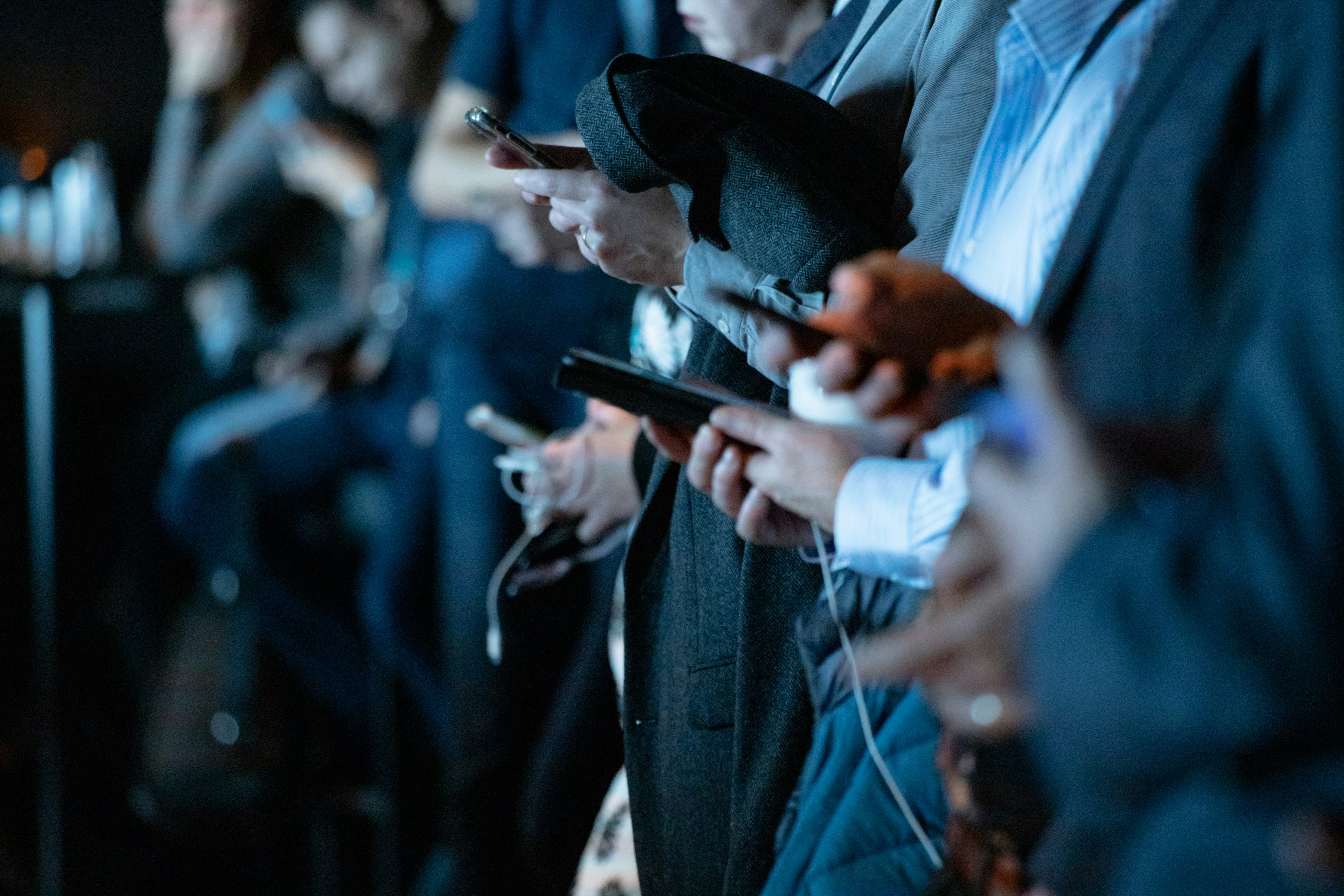The Power of Social Media in Hurricane Preparedness
In today’s digital age, social media platforms have become indispensable tools in hurricane preparedness and response. They provide real-time updates, foster community support, and aid in coordinated relief efforts. Platforms like Twitter, Facebook, and Instagram are transforming how communities prepare for and respond to hurricanes, making them an essential part of disaster management strategies.
Real-Time Updates and Alerts
One of the most significant advantages of social media is the ability to disseminate information rapidly. During hurricane season, government agencies, meteorologists, and emergency services use social media to provide real-time updates on hurricane paths, expected landfall times, and safety measures. The National Weather Service (NWS) and the National Hurricane Center (NHC) frequently post updates that can be shared widely, ensuring the public remains informed. This immediate flow of information can be life-saving, giving individuals and businesses time to take necessary precautions.
Community Support and Resource Sharing
Social media also plays a crucial role in fostering community support and resource sharing. During a hurricane, local groups often form on platforms like Facebook to share resources, offer shelter, and provide updates on local conditions. These groups become vital lifelines for those affected, enabling a quick response to urgent needs. For example, after Hurricane Irma hit Florida, community-driven groups on social media coordinated efforts to distribute food, water, and other essential supplies to the hardest-hit areas.
Engaging Vulnerable Populations
It is crucial to ensure that vulnerable populations, such as the elderly and those with disabilities, are not left out during hurricane preparations. Social media can be instrumental in reaching these groups with tailored messages and resources. Organizations like HelpNow offer emergency equipment safety training that can be promoted through social media to raise awareness among vulnerable populations.
Enhancing Response and Recovery Efforts
Beyond preparedness, social media significantly enhances response and recovery efforts. It enables rapid communication between emergency responders and the public, helping coordinate rescue operations and relief distribution. Crowdsourcing information through platforms like Twitter allows emergency services to quickly identify areas in need of immediate assistance.
Utilizing Hashtags for Efficient Communication
Hashtags like #HurricanePrep and #StormWatch are commonly used during hurricane season to aggregate information and updates. By following these hashtags, users can access a centralized stream of relevant posts, making it easier to stay informed. Government agencies and non-profits, including HelpNow, can leverage these hashtags to ensure their messages reach a wider audience.
Case Study: Hurricane Michael
During Hurricane Michael in 2018, social media played a pivotal role in response efforts. The Federal Emergency Management Agency (FEMA) used platforms like Twitter to share critical information, while local authorities used Facebook Live to broadcast emergency briefings. These efforts helped streamline communication and ensure timely dissemination of essential information.
Addressing Misinformation and Ensuring Credibility
While social media is a powerful tool, it also poses challenges, particularly the spread of misinformation. During a crisis, false information can cause panic and lead to inappropriate actions. It’s essential to rely on credible sources and official channels for information. Emergency services and organizations must work to counteract misinformation by providing accurate updates and correcting false narratives promptly.
Partnering with Trusted Authorities
HelpNow partners with trusted authorities to share accurate and timely information during hurricanes. By collaborating with official sources, we ensure that our audience receives reliable guidance. Visit our About Us page to learn more about our partnerships and commitment to accurate information.
Conclusion
Social media has become an integral part of hurricane preparedness and response. From real-time updates and community support to enhancing response efforts and combating misinformation, its impact is undeniable. As we continue to harness the power of social media, it is essential to use these platforms responsibly and ensure that information shared is accurate and timely.
For more information on how you can stay prepared during hurricane season and support community efforts, visit our blog and donate to HelpNow today.

